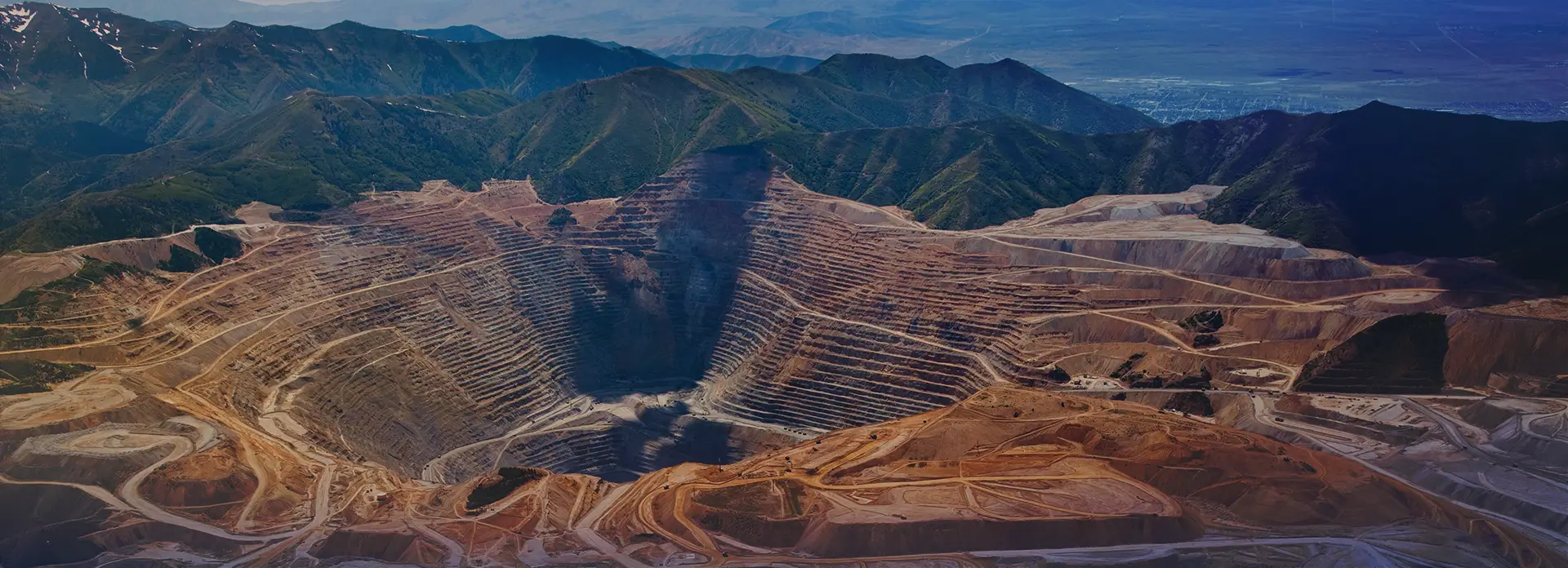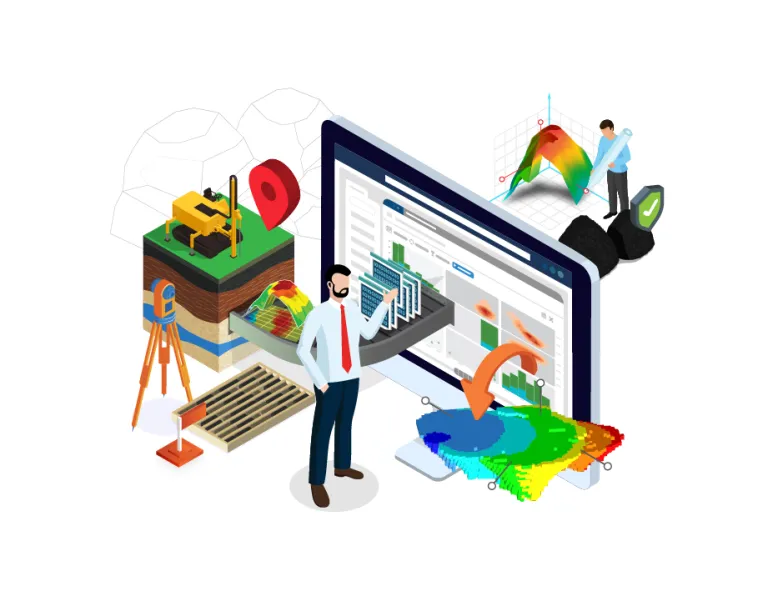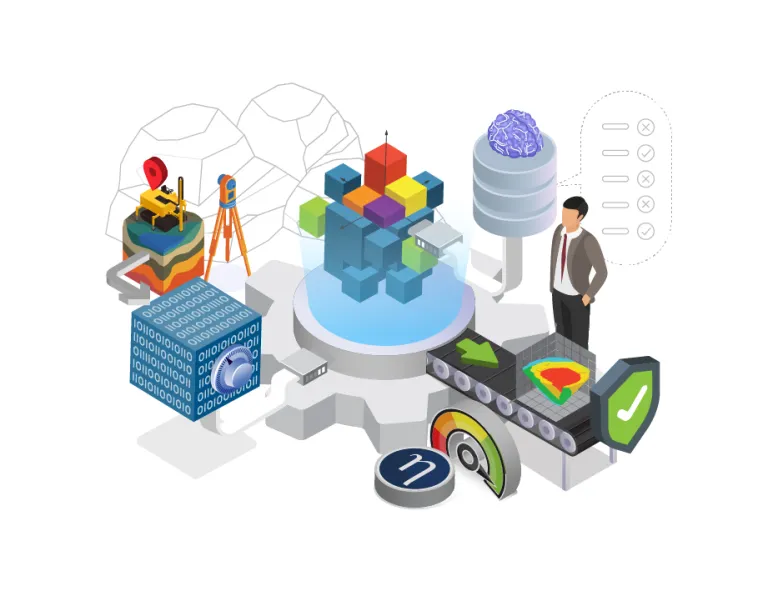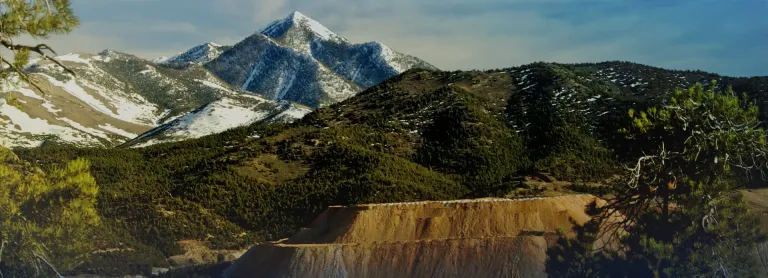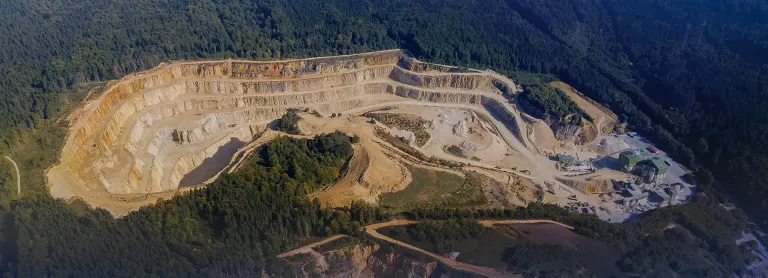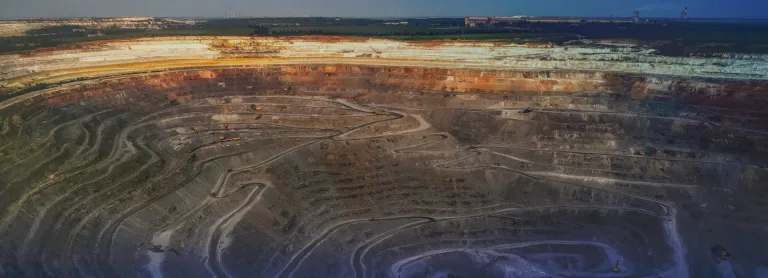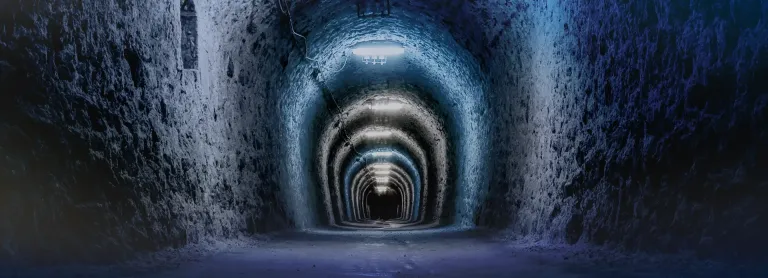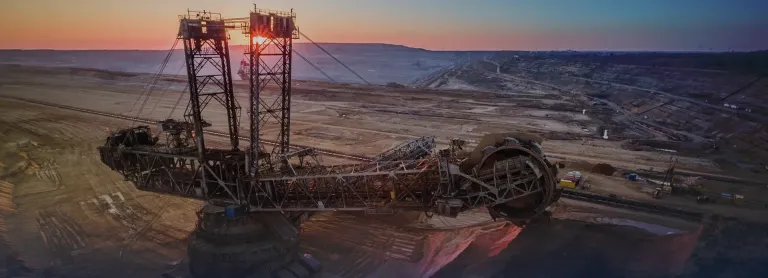Geology Modeling
Create Accurate, Reliable Geology Models for Mining and Civil Projects
Master the Complexities of the Earth with GEOVIA
Geoscience data is the most important aspect of any technical or financial evaluation of a mineral deposit because it is key to defining the location, geometric shape, and grade of the orebody. This is why the mining and civil infrastructure industries invest millions of dollars and thousands of hours every year to collect new geoscience data, which is invaluable for making fresh interpretations and keeping mine models updated, and to manage, interrogate, and curate older data that can increase in value over time as new analytical technologies and interpretation methods become available.
But just collecting comprehensive geological datasets is not enough. Once you have them, you must be able to generate accurate, reliable geological models of the subsurface. GEOVIA solutions help you visualize the geology of your site better than ever before, and test your hypothesis above ground to ensure the best possible below-ground decisions.
Visualize the Geology of Your Site Better Than Ever Before
Geologists today are collecting vast quantities of data from their exploration and operational projects, including location, structural, geochemical, lithological, and remote-sensing data. This is great news, because more data means more knowledge. At the same time, however, these same geologists must be able to manage and (most importantly) visualize this vast amount of information first — in order to identify such things as geological trends, patterns, and flawed data — before they can accurately interpret and model the subsurface.
GEOVIA’s geology modeling tools enable geologists to efficiently combine, interpret, validate, and refine even the largest geological datasets to generate realistic, evidence-based geological models of the subsurface.
Test Your Hypotheses Above Ground to Ensure the Best Possible Below-Ground Decisions
GEOVIA supports the creation of accurate, reliable geology models that clearly show both subsurface resources and natural hazards by providing geologists with applications and workflows that allow them to:
- import, manage, and securely store all their geoscience data
- improve the efficiency of their geology modeling by automating and accelerating the data consumption and geological modeling process
- generate consistent 3D geology models based on geoscientific best practice
- integrate predictive machine learning data directly into the geology modeling process, and
- carry out comprehensive data interrogation and scenario analysis to test hypotheses.
Surpac’s improved geostatistics capabilities provide me with greater confidence in my exploration data and block model validation, enabling more accurate estimations. Improved charting and data processing means my workflow is more streamlined and faster, in particular its declustering feature that generates a representative data distribution through sample weighting
Start Your Journey
The world of Geology Modeling is changing. Discover how to stay a step ahead with GEOVIA.
GEOVIA Geology Modeling FAQ
Also Discover
Learn What GEOVIA Can Do for You
Speak with a GEOVIA expert to learn how our solutions enable seamless collaboration and sustainable innovation at organizations of every size.
Get Started
Courses and classes are available for students, academia, professionals and companies. Find the right GEOVIA training for you.
Get Help
Find information on software & hardware certification, software downloads, user documentation, support contact and services offering
